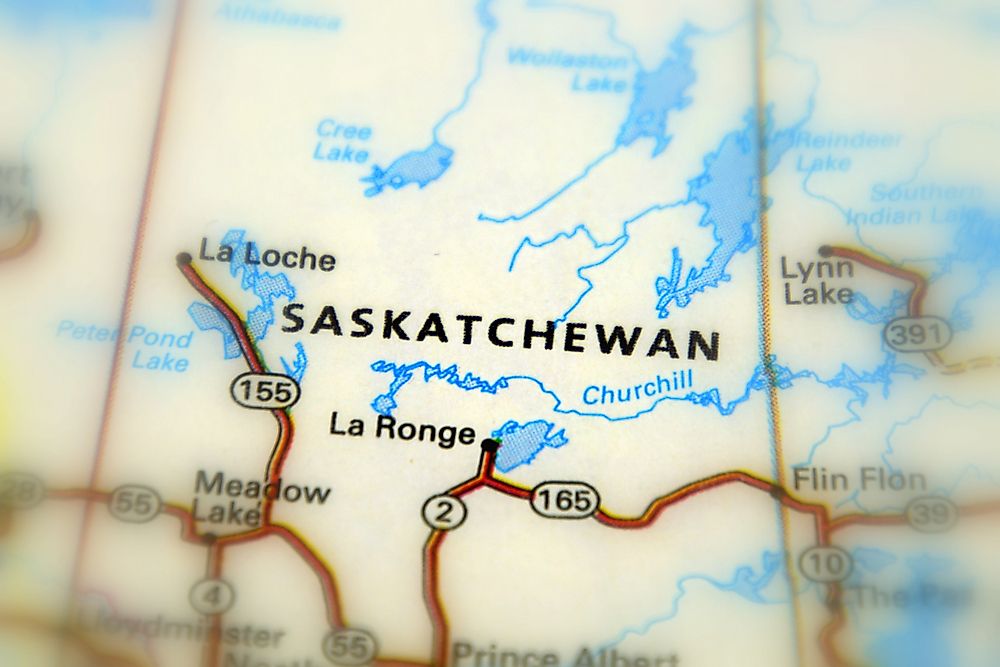Where Is The World's Largest Bifurcation Lake?

Most lakes have one drainage basin, while others have outflows into two or more drainage basins. In such cases, it is difficult to clearly define the drainage divide, as it is located in the middle of the lake. Lakes with outflows into two drainage basins are referred to as bifurcation lakes. Several lakes around the world drain in more than one direction, including Vesijako (Finland), Lummene (Finland), Isojarvi (Finland), Bontecou (US), and Wollaston Lake (Canada). Wollaston Lake, located in the Canadian province of Saskatchewan, is the largest bifurcation lake in the world, draining into the Arctic Ocean, Hudson's Bay, and the Atlantic Ocean.
Wollaston Lake
Wollaston Lake is a bifurcated lake located in the Canadian province of Saskatchewan, approximately 340 miles northeast of Prince Albert. It is the largest bifurcation lake in the world, covering an area of about 883 square miles excluding islands, or 1,035 square miles including islands, and is approximately 70 miles long and 25 miles wide. The lake drains in two different directions: into the Fond du Lac River and the Cochrane River. About 10% of the lake's water flows out of the lake in a northwest direction into the Fond du Lac River, draining into Lake Athabasca, and ultimately into the Arctic Ocean through the Mackenzie River system. The remainder of the water flows out of the lake from the northeastern side into the Cochrane River, draining into Reindeer Lake, and ultimately to the Hudson Bay via the Churchill River. The main inflow of Wollaston Lake is the Geikie River. Wollaston Lake is Saskatchewan’s largest lake located entirely within the province. However, it is smaller than Saskatchewan’s portion of Reindeer Lake and Lake Athabasca. The lake was first documented by British explorer Samuel Hearne in 1770, and later named by Peter Fidler in 1807, in honor of British chemist and physicist William Hyde Wollaston.
Accessing Wollaston Lake
The only settlement on the shores of Wollaston Lake is named Wollaston Lake, which includes the northern hamlet of Wollaston Lake and has a population of only 130. The adjacent village has a population of 1,250. Wollaston Lake can be accessed by Highway 905 to Ronge or by Wollaston Lake Airport. Highway 905 passes along the western side of the lake, while the lake’s settlement is situated on the eastern side. During winter, the lake freezes and creates a road that connects both sides. However, it can also be crossed by the Wollaston barge when the lake is not frozen. There are uranium mines near the lake that provide jobs to local residents. However, the mines have raised concerns regarding the pollution of the lake. Treated effluent from the mines is released on the southwestern side of the lake into the Hudson Bay. This effluent is considered a threat not only to the people using the lake, but also to fish species such as yellow perch, northern pike, lake trout, cisco, walleye, and white sucker.











